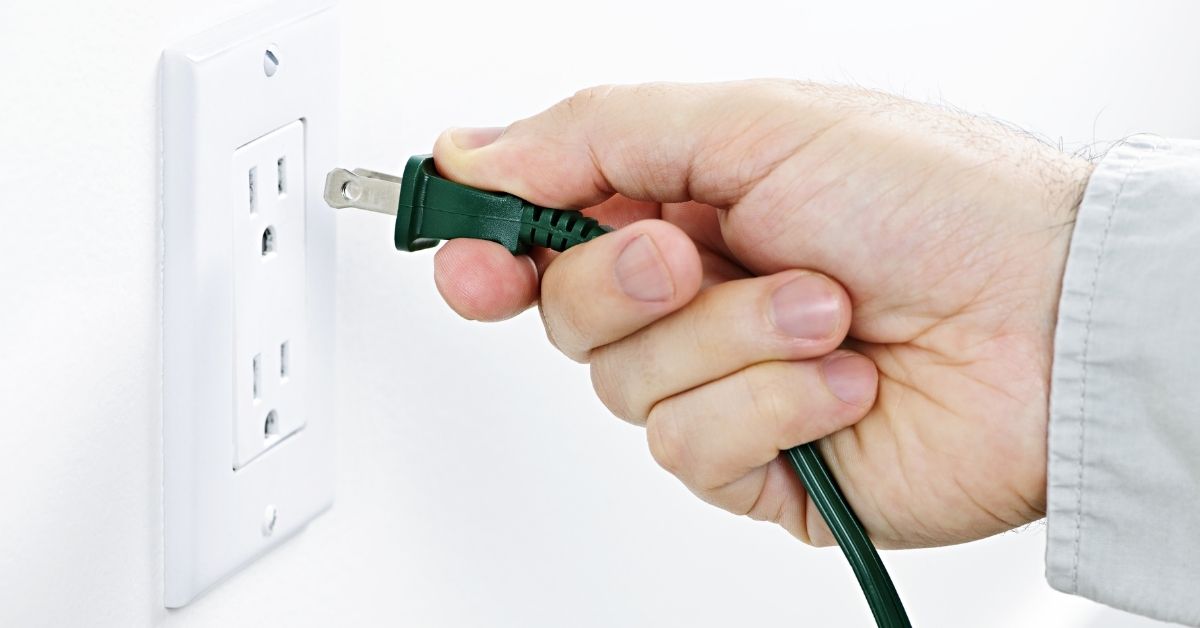To use most appliances, you have to connect their plugs to a power source such as a wall outlet, extension cord, or power strip. But what happens when the plug refuses to enter the outlet? People don’t understand why this happens or how to solve it. They think that they have to replace the entire outlet but that isn’t always the case.
Why Can’t I Plug Anything Into My Outlet?
Several factors can prevent a plug from entering an outlet, including:
1). Shutters
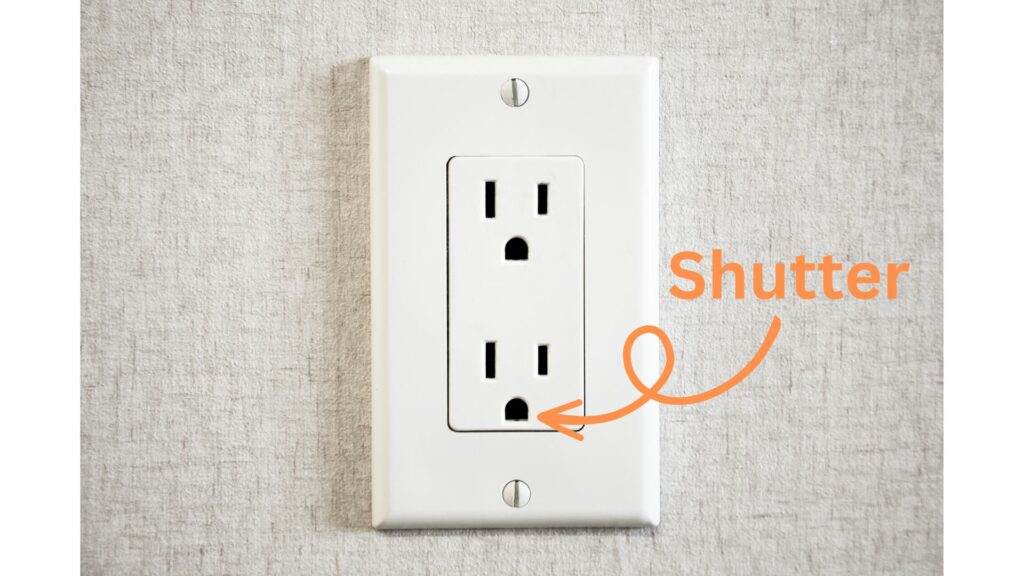
Some sockets have shutters that are designed to prevent children from accidentally sticking metal objects into the outlet. Sometimes, the shutters become damaged. This prevents them from moving out of the way whenever you attempt to push the prongs of a plug into the slots of the outlet.
2). Mismatch Configuration
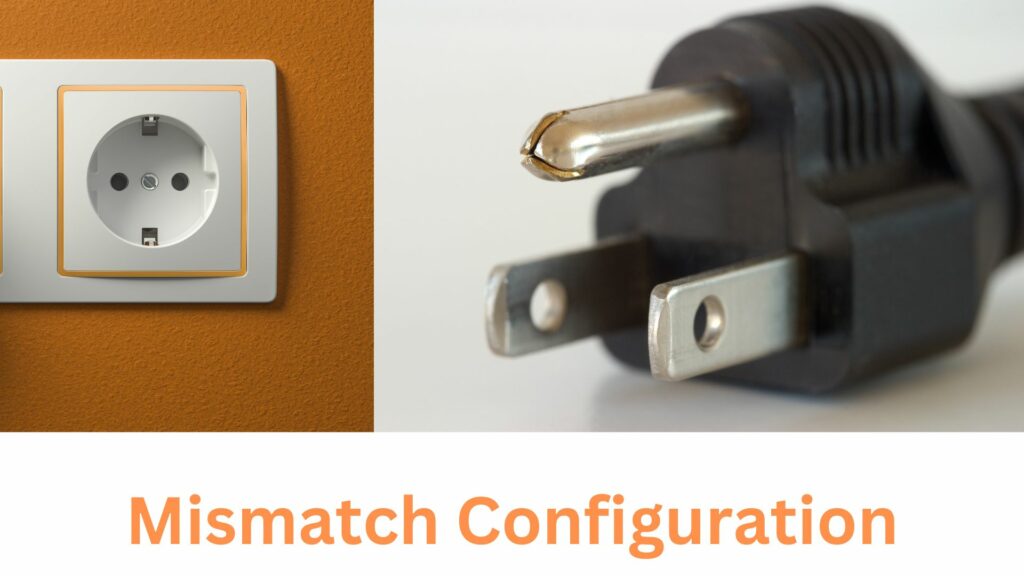
Some plugs have two prongs. Others have three prongs. Outlets are the same. Some have two slots, others three. You can push a 2-prong plug into an outlet with three slots.
However, you cannot force a 3-prong plug into an outlet with 2-slots. If the configuration of the plug doesn’t match the configuration of the outlet, that will prevent the plug from entering the outlet.
3). Blockage Due To Debris
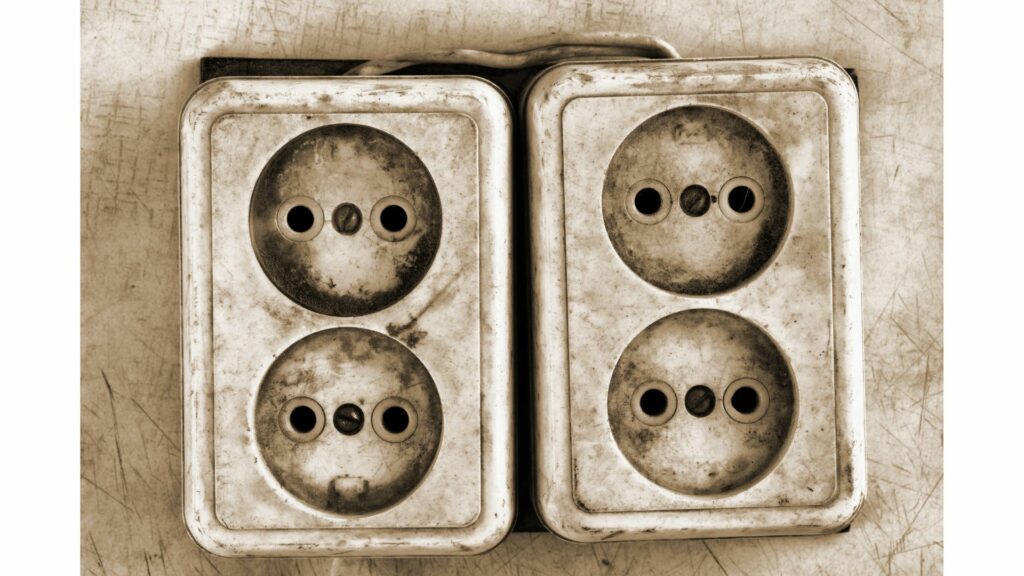
If you can’t plug into an outlet, you have to consider the possibility that the slots of the outlet have some form of debris that has denied the prongs of the plug entry. Children have a tendency to push stones, pieces of paper, and other objects into the slots of outlets.
4). Different Prong Size
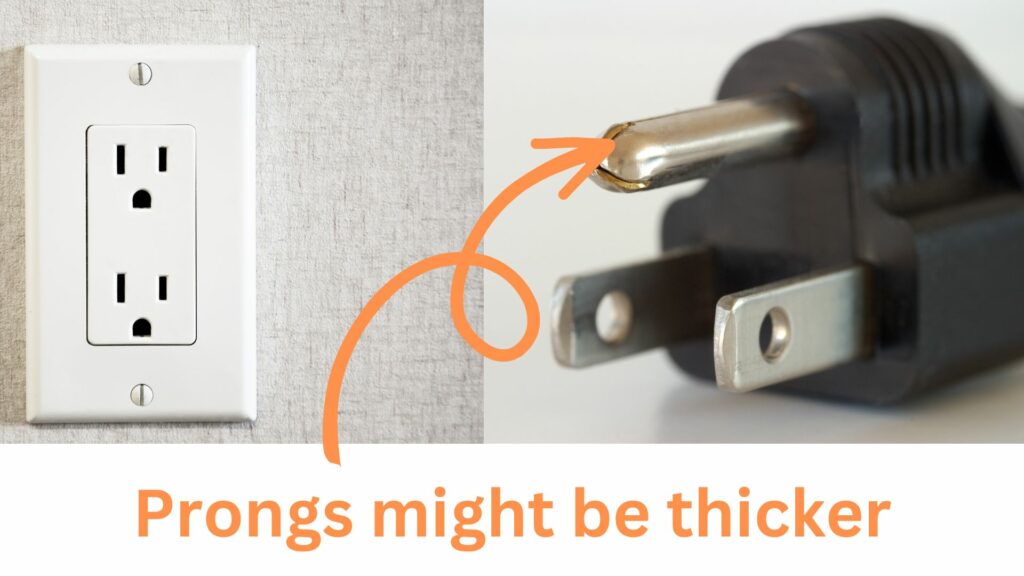
If the prongs of the plug are thicker than the slots of the outlet, the plug won’t enter the outlet.
5). Broken Prong
Search the outlet for one or more broken prongs. If a prong breaks off while you’re pulling the plug out of the socket, it will get stuck in the outlet’s slot. Broken prongs are not dangerous to your property. They won’t start fires or anything.
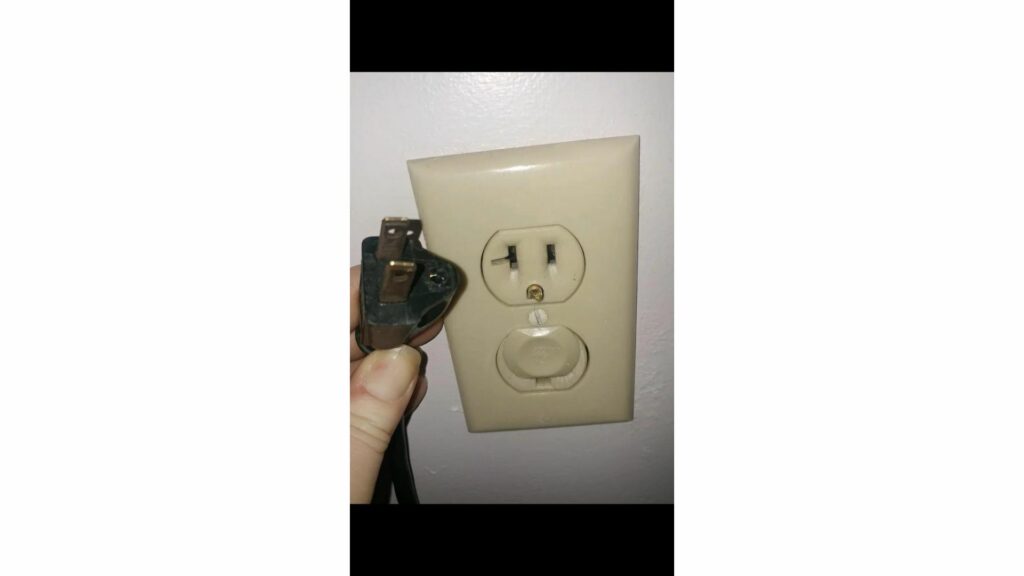
But they can shock you. Additionally, a broken prong will prevent a new plug from entering the outlet.
6). Fake Outlet

Have you noticed that your plug can enter every outlet you buy regardless of the brand? These devices have standard slot sizes. Unfortunately, the market is saturated with counterfeit products, and some fake outlets are smaller than usual.
You may occasionally encounter similar problems with reputable brands. Some outlets have factory defects. You won’t notice your mistake until you install the outlet and attempt to use it. Only then will you realize that a conventional prong is too large to enter the receptacle’s slots. Reputable brands are willing to replace outlets with factory defects.
Similar issues can arise with the plug. You may replace a genuine plug with a substandard version boasting larger or smaller prongs.
7). New Sockets
New outlets feel stiff. Some are worse than others. You have sockets that only present mild opposition. Others will appear to reject the plug until you apply firm pressure. Both cases are normal. That stiffness is appealing because it guarantees a secure connection between the plug and socket.
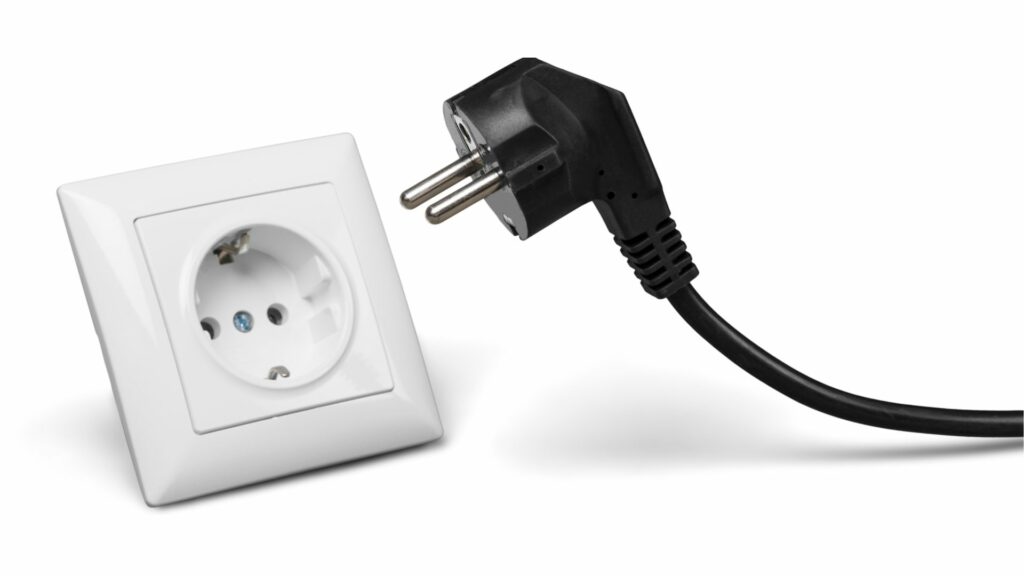
The loose sockets people like are a fire hazard because the link between the prongs and contacts is poor. It leaves a small gap that encourages arcing.
How To Insert Plug Into Socket? – Quick Ways To Fix It
Normally, you use a plug by simply pushing it into the socket. But if the plug won’t enter the socket, you must first find out why before you identify a suitable solution:
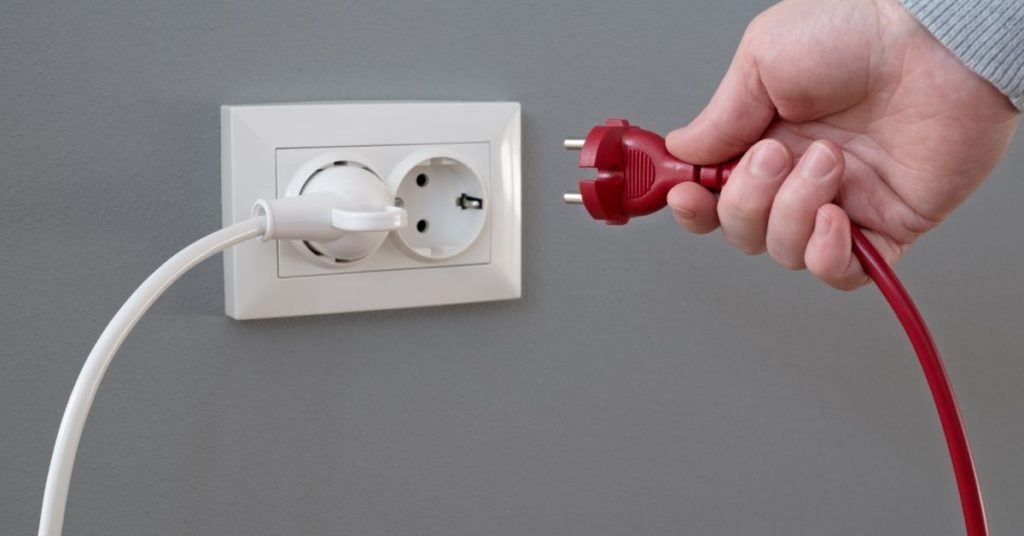
1). You can’t do anything to solve configuration issues. If the plug has thick prongs or if it has three prongs but the outlet has two slots, your best option is to find another outlet whose configuration matches the plug. Though, you can also use an adapter if you have one on hand.
An adapter will permit a plug with three prongs to enter an outlet with two slots. But in some cases, this method eliminates the grounding protection.
2). If the outlet is blocked by debris, switch the power off and use a screwdriver to pull the debris out. In some cases, you may be forced to disassemble the outlet to get to the debris.
3). If the outlet has damaged shutters, you can use a screwdriver to manually open them. Though, in some cases, all you have to do is to wiggle the plug to make it enter the socket.
The shutters are supposed to make it more difficult for the plug to enter the socket.
This doesn’t make them defective. If you have decided to manually open them with a screwdriver, make sure you switch the power off.
4). If the socket has a stuck prong, de-energize the circuit and pull it out before someone touches it and receives a potentially fatal shock.
5). You can fix a plug with misaligned prongs by bending the prongs back to the correct position. But a plug with bent prongs is a hazard. Bending the prongs back weakens them even further. They may break off the next time you pull the plug out of the socket. You are better off replacing the plug.
6). Buy high-quality outlets from a brand you trust to avoid counterfeit products. Additionally, you should test the plugs before buying them. Ask your retailer for a plug. Push the plug into the outlet to confirm that everything’s fine.
If you already bought a defective plug, send it back to the retailer. They may offer you a replacement once they notice the obvious defect.
7). If you have a new outlet, insert a plug halfway. Apply pressure up and down to loosen the receptacle. You need to do this ten or more times to get satisfying results. Don’t be so rough that you damage the plug and outlet.
If you don’t understand why the plug won’t enter the outlet, hire an electrician. If you have the skills, you should also consider replacing the outlet, especially if the plug keeps falling out because the contact points are damaged.
What About The Plug That Only Goes Halfway Into An Outlet?
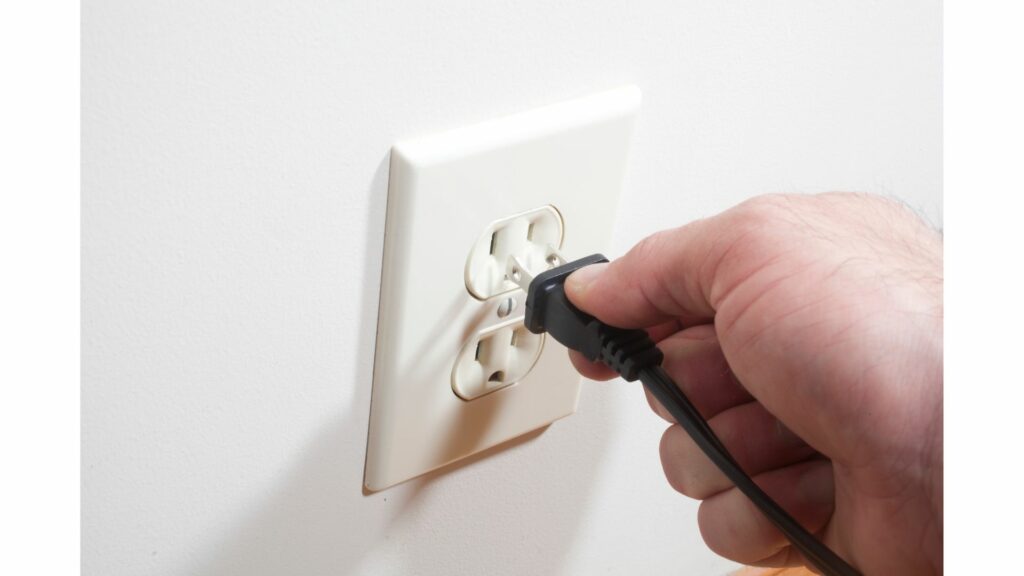
If your plug only goes halfway into an outlet, switch the power off and check the slots of the outlet for debris. You should also study the size of the prongs to ensure that they are not too thick to enter the slots of the outlet.
Are you sure the plug only goes halfway into the socket? Or do you find it hanging halfway out of the socket whenever you leave and return? If it’s the latter, you have an old socket that can’t maintain a tight grip on the plug.
According to the wire tech company, outlets have a 15 to 25-year lifespan. But they rarely last that long. If you’ve had yours for a decade or more, don’t be surprised if they become loose.
How Dangerous Can It Be If A Plug Isn’t Pushed Completely In?
If you can’t plug into an outlet, you are better than someone whose plug only enters halfway. This is because a plug whose prongs have failed to completely enter the outlet leaves the hot blade exposed. People that touch that hot blade could receive a terrible shock.
If the plug is attached to an appliance that uses a lot of power, the arc created by the space between the contacts may generate enough heat to start a fire.
Partially inserted plugs are primarily a threat to children because they don’t know any better. They are more likely to touch the exposed blades.
Consider this BBC report from 2021 which highlighted an event in which Amazon’s Alexa told a 10-year-old to touch a coin to a half-inserted plug’s prongs. If the mother wasn’t present, the child might have died.
Adults are intelligent enough to avoid such situations. You can’t say the same for young children.
Related Post:

